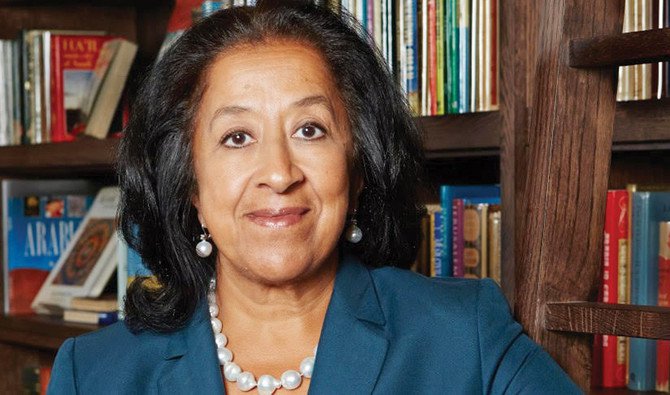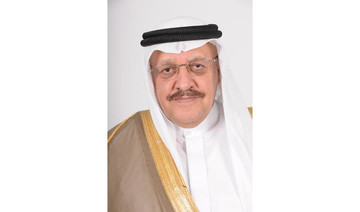LONDON: Lubna Sulaiman Al-Olayan is set to lead the merged Saudi British Bank and Alawwal bank as chair of what would be the Kingdom’s third-largest lender.
It comes amid efforts to increase the representation of women at board level among Saudi corporates and follows a string of other appointments of women to senior roles over the last year.
Saudi British Bank (SABB) and Alawwal bank said in a statement on Thursday they had agreed to combine to create the country’s third largest bank in the latest sign of consolidation in the sector.
We are pleased to announce the entry into a merger agreement with Alawwal bank. Find out more about how we’re building a new bank to support an ambitious Kingdom, for more information, please visit https://t.co/e5EBNG6CMj pic.twitter.com/t13uIVJuan
— بنك ساب (@SABBBank) October 4, 2018
We’re pleased to announce Alawwal bank Board of Directors have decided to recommend a merger with SABB.
Click for more info:https://t.co/Y5RoDrZb70 pic.twitter.com/RS8neh20jD— البنك الأول (@Alawwalbank) October 4, 2018
Al-Olayan is one of the members to be nominated by Alawwal’s board of directors, Argaam, a Saudi Arabian financial news portal, reported on Thursday.

The proposed merger, which is still subject to shareholder and regulatory approval, coincides with a number of financial sector reforms in Saudi Arabia.
“Our bank will supply entrepreneurs with the financial tools needed to grow and create jobs and we will have enhanced capacity to underwrite large-scale transactions to support infrastructure and privatisation projects,” said SABB Chairman Khaled Suleiman Olayan.
No involuntary staff redundancies are expected as a result of the merger, the pair said in a statement on Thursday. Neither will there be any immediate change for customers as both banks will remain independent until the merger has completed.
Banks throughout the Gulf are mulling merger deals as the industry reacts to both changing economic realities and the advance of digital banking that is replacing many of the roles that previously required staff.
“When banks merge the key savings are on employee costs given the service oriented nature of this sector,” Mazen Alsudairi head of research at Al Rajhi Bank, told Arab News.
“So, as per the merger announcement and our calculations, around SR450 million to SR650 million are the savings expected in the future for the combined entity.”


























